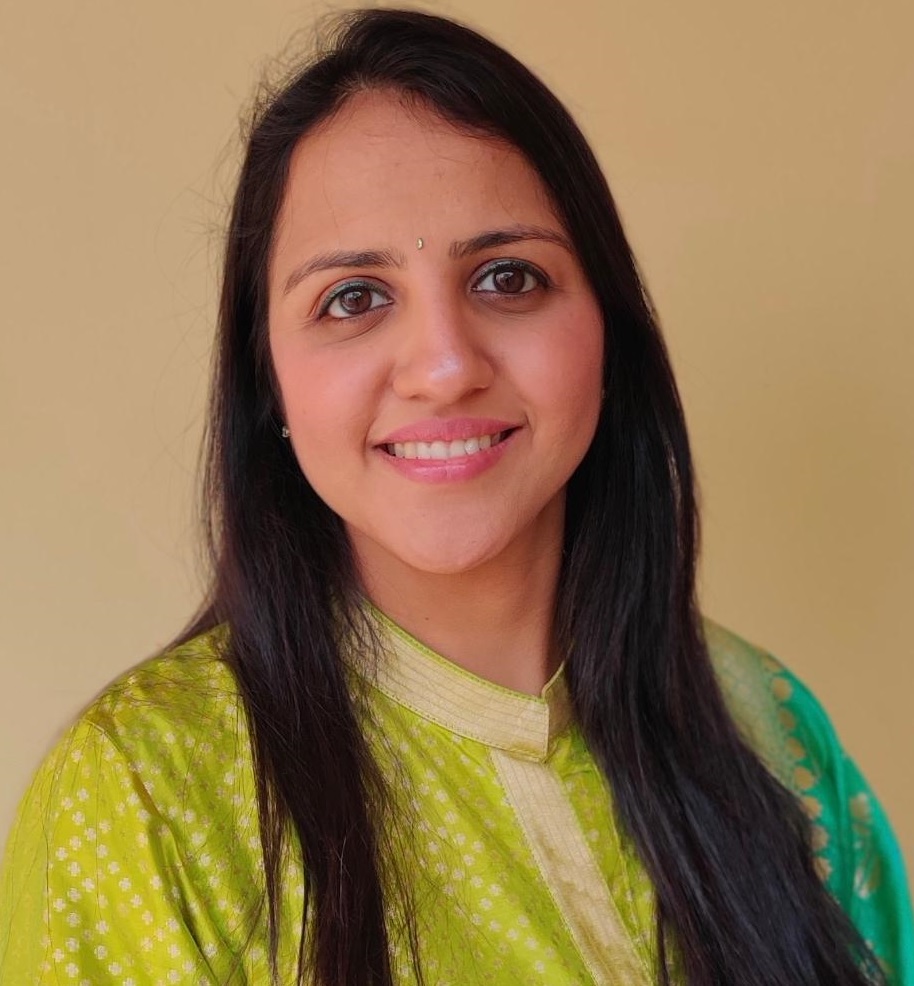The barrier that personal protective equipment creates between healthcare staff and their patients has changed the emotional and psychological dimensions of healing, says Trupti Gilada
 Rarely in human history has any phenomenon instilled such a fear of human contact to the extent that we are seeing with covid-19. And perhaps never in medical history have so many caregivers felt at so much risk from the people they are caring for. This pervasive apprehension of being infected while caring for people has changed the emotional and psychological dimensions of healing.
Rarely in human history has any phenomenon instilled such a fear of human contact to the extent that we are seeing with covid-19. And perhaps never in medical history have so many caregivers felt at so much risk from the people they are caring for. This pervasive apprehension of being infected while caring for people has changed the emotional and psychological dimensions of healing.
Before this pandemic, a typical patient who was admitted to hospital, irrespective of his or her illness, always had a relative or friend who accompanied them or who regularly visited during their hospital stay. The presence of loved ones, and their emotional support during a hospital stay, can often help enhance recovery. Yet a patient’s time in hospital is also filled with other everyday interactions that help them feel tied to life and the people around them.
As a doctor, I loved chatting with patients on subjects beyond their illness. After all, the healing touch is not just limited to physical examination and prescriptions. It often included spending a few extra minutes holding the hands of an old lady, reassuring her that she would be back home to play with her grandkids, or patting the young boy to cheer him up when he misses his friends. Our nurses would regularly chat with patients during their shifts, and by the end of a patient’s stay, the nurses would often know great details about their lives, ranging from their favourite food to the family dynamics at home. Even the facilities staff who came by to clean beds or pick up the garbage would often stop to recap the cricket match that India had won the previous day.
All in all, those pills and the intravenous drips flowing in are not the sole things responsible for healing a person; the human touch has a vital role in keeping patients’ spirits up during tough days.
This very integral part of caring for patients was taken for granted by both doctors and patients alike until the pandemic hit us. In the covid-19 era, everyone who enters to see a patient with covid-19 is covered from head to toe, with the personal protective equipment (PPE) acting as a perpetual reminder to the patient that they are a health threat to other people around them.
The PPE is also a constant barrier to the very essence of human communication—facial expressions and touch. The “How are you doing today” smiles and “You will be better soon” grins are literally masked. The pats on the back and holding of hands are less frequent and even when they happen, they often feel “plastic” thanks to the two layers of gloves. With the eyes being the only visible part of the caregivers’ faces, the patient often feels as if there is no face that they can recognise among a sea of masks; it is all just muffled and distorted voices. And even when these voices are present, it is often only for brief “clinical” conversations revolving only around their illnesses; there are no everyday pleasantries or casual banter. Hesitant to prolong the duration of any exposure, doctors try to keep interactions short and to the point. Moreover, the extremely uncomfortable PPE creates more than a physical barrier to conversation, which inevitably sounds more impersonal and forced.
From the patient’s perspective, the most challenging part is that she or he has to go through all these tribulations without seeing a loved one throughout their illness. A patient recently described his hospital stay to me by saying that “each day seemed like a week.” Although video chats with family members or access to social media can lighten up parts of the (non-critical) patients’ monotonous day, the overflowing information they come across about the disease and the guilt of having possibly given the virus to people they live with keeps them constantly anxious.
To help our patients combat their feelings of social isolation, we often encourage them to interact with each other, where they can often find solace in their shared experience. It is heartening to see them build new bonds with each other, at least partly filling the voids described above.
Fortunately, we are able to see most of our patients return home after recovering from their illness. Our hospital thought of a beautiful way to ensure that patients’ hospital stay ends with a pleasant memory. As these healthy people finally step out of their wards, their caregivers greet them outside, this time without the protective suits, and present them a potted plant as a reminder of how the healing touch was always there with them, although they may have not sensed it. My first patient to get discharged was a pregnant lady who failed to recognize me when she first stepped out. As I (re)introduced myself and gave this metaphorical plant to her, I felt a sense of completion myself—an inexplicable, uplifting feeling that I will never forget.
While we all wait for our lives to normalize, the one thing that I hope for as a doctor is the return of this “human touch.” I hope to witness it again in all its forms and with all its wonderful power to help heal my patients.
Trupti Gilada is an infectious diseases physician managing patients with covid-19 at the Unison Medicare and Research Centre, Masina Hospital and Prince Aly Khan Hospital in Mumbai, India.
Competing interests: None declared.
